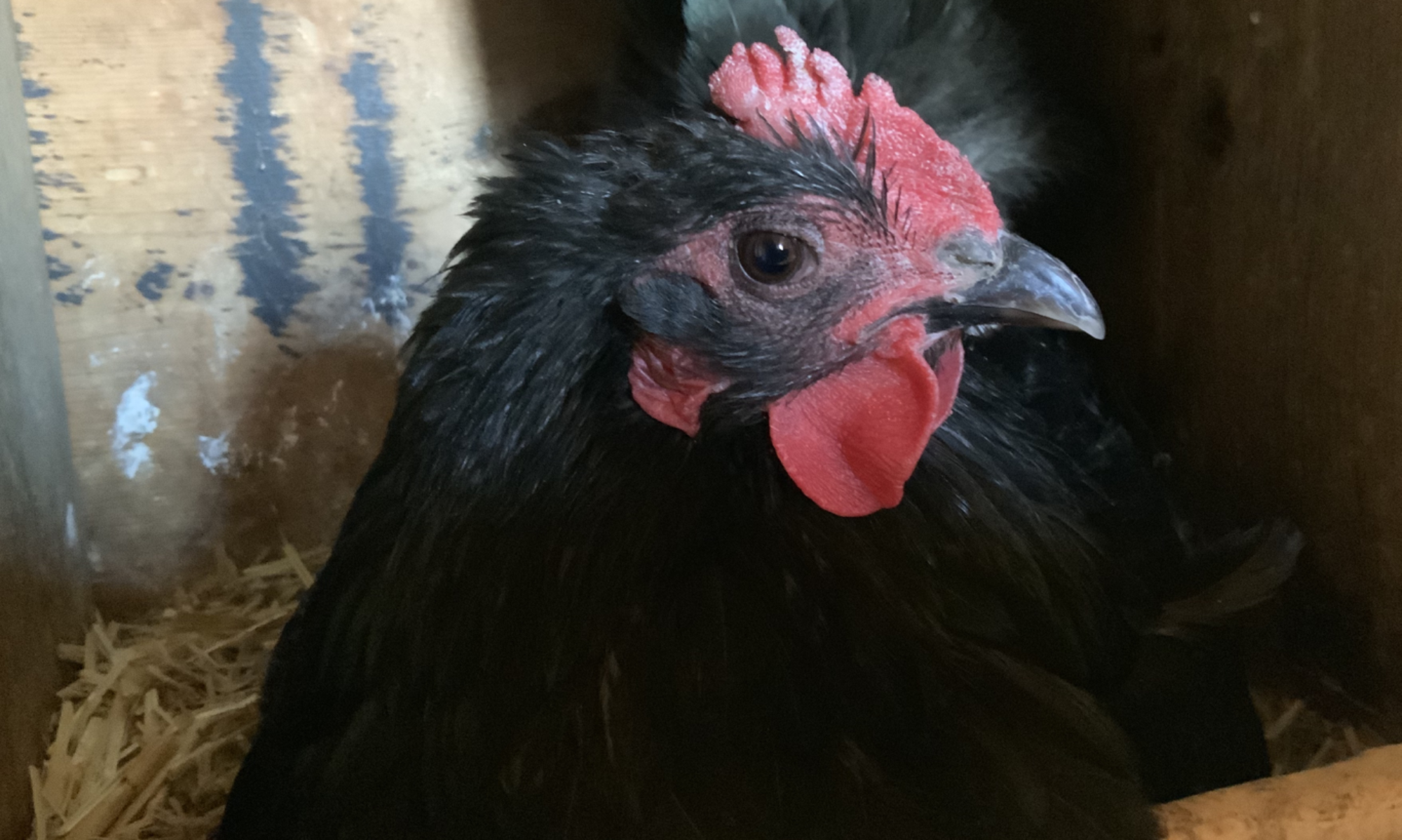When I was fairly new to chicken keeping, we got some chicks from the feed store and one of the hens turned out to be a rooster. He was a feisty guy. My boys were ages 2, 4 and 6 at the time and this rooster would chase them all over the yard. It got to where they would not go out back if that rooster wasn’t locked up. They named him ‘Killer’! He would go after anybody that came near his territory and if you have never been attacked by a chicken, as funny as it looks and seems, those little buggers can inflict some serious pain! For the safety of the kids, he was culled. I have only had one other rooster that would go after people and he was exiled from the coop. No longer having a harem to protect, he calmed down.

So why do hens and especially roosters become aggressive? From my studies and experience I think that in the case of roosters, they are just instinctively protecting their flock or territory and in the case of hens, they are establishing their hierarchy or pecking order. If there is a rooster in the flock, he will usually take the head position as leader and protector. If there is no rooster, then a dominant hen will assume that role. The rest of the hens will establish their social standing or pecking order. This order determines who gets first dibs at eating and roosting, while those lowest in the pecking order get the leftovers. This hierarchy is a necessary part of chicken culture. To them it ensures survival and cohesiveness among the flock. Watch your flock closely and see if you can determine who is the matriarch of your flock and who sits on the bottom rung.

Often the bully hen is somewhere in the middle of the pecking order. She is one that is trying to establish her dominance and increase her standing. She will try to bully the other hens, chasing them away from food and water and will often be the one to go after the hand that is feeding her. She wants to move up that social ladder and she will do what it takes until she is put in her place. Interestingly, size often has nothing to do with status.

The rooster of the flock assumes the responsibility for ensuring the safety of his girls. He crows to let others know that he his awake and on guard. He crows to warn of predators or to let his flock know of some yummy food source. When I bring in a special treat, my rooster is usually the first one there to check out what I’ve brought. At first I thought he was just being a pig, but in retrospect, I think that he was checking things out to make sure it was safe for the rest of the flock. If there are several roosters in a flock you might notice one of the new guys trying to vie for the top rooster spot and an altercation or two will ensue before dominance is established. This is normal. Usually the younger roosters will give wide berth to the top guy and stay out of harms way! At least for awhile… But protecting his flock is the big guy’s job and if for some reason he feels like you are a threat to him or those he is protecting, he will take a stand.

Combating aggressive behavior in chickens is not always easy or fail-safe. As I mentioned earlier, we had an aggressive rooster that calmed down after he was removed from the flock. It has been recommended that while wearing protective clothing you catch the offender and carry them upside down under one arm, establishing your dominance over them. If they are very aggressive and a danger, especially to young children, they need to be culled or re-homed. It’s always a good idea to study up on the breed of chicken that you are acquiring. Some breeds are naturally more calm and docile than others and it’s nice to know what you’re getting in to.

There are two good articles on the subject of aggressive chickens that I would recommend reading. I’m sure there are many, but I particularly liked these two:
The Pecking Order: What Is It and How to Avoid Problems in Your Flock; https://www.thehappychickencoop.com/the-pecking-order/
What The Peck? How To Deal With Aggressive Chickens; https://www.hobbyfarms.com/aggressive-chickens-behavior-tips/
Have you had experience with an aggressive chicken in your flock? What did you do?

